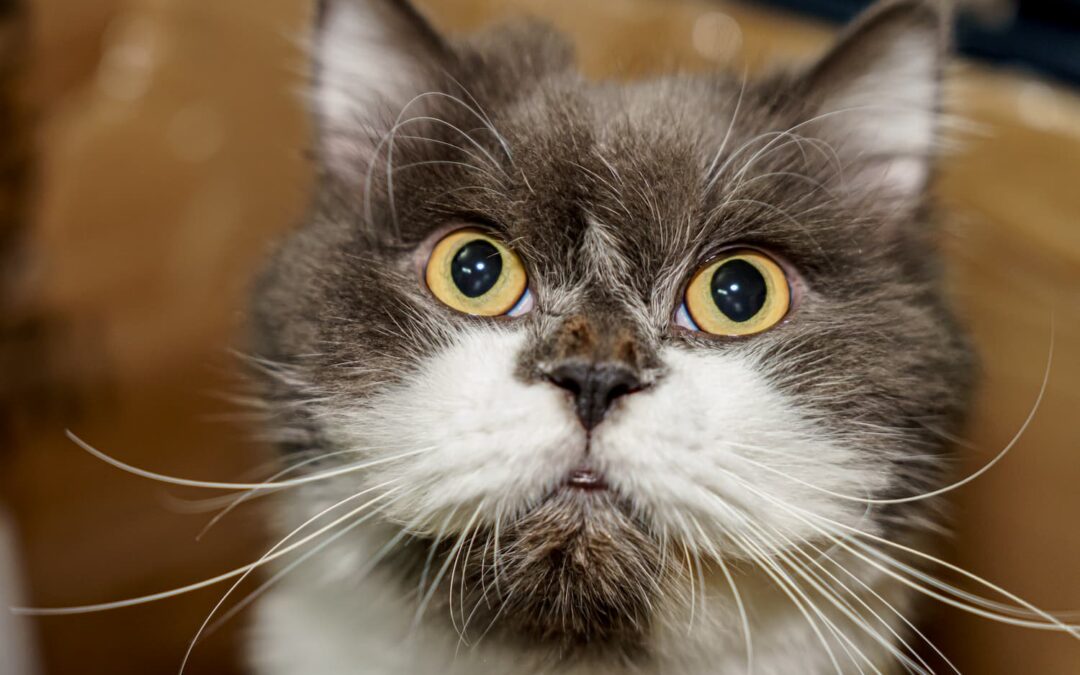Has your usually energetic dog been acting a little off lately? Maybe your cat is suddenly drinking from the sink, or you’re finding puddles where there shouldn’t be any. It’s easy to dismiss these changes as quirks or part of getting older, but they could be signs of something more serious like diabetes.
At Cloquet Animal Hospital, we’ve helped many local families uncover and manage diabetes in both dogs and cats. With the right knowledge and support, it doesn’t have to feel overwhelming. The most important step? Knowing what to watch for.
What Is Diabetes in Pets?
Diabetes mellitus is a condition where the body can’t properly regulate blood sugar due to a lack of insulin or the body’s inability to respond to it. Just like in people, it can happen in both dogs and cats, most commonly in pets who are older, overweight, or inactive.
But even young or fit pets can be affected. Some breeds, like Dachshunds, Poodles, and Burmese cats, may have a higher risk. That’s why it’s so important to know the early signs. Catching it quickly can make a big difference in your pet’s long-term health and quality of life.
The Most Common Signs of Diabetes in Pets
Spotting diabetes in its early stages can be tricky, especially if the signs come on slowly. Below are the most common symptoms our veterinary team in Cloquet sees in diabetic pets. If you notice one or more of these changes in your pet, it’s time to give us a call.
1. Increased Thirst (Polydipsia)
Is your pet draining their water bowl faster than usual? Are they constantly begging for water or drinking from unusual places like the toilet or sink? This is often one of the first signs of diabetes in pets. Elevated blood sugar pulls fluids from the body, making your pet feel unusually thirsty.
2. Frequent Urination (Polyuria)
With all that extra water intake comes more trips outside or more accidents inside. If your house-trained dog or litter-trained cat starts having accidents, it’s not just frustrating, it’s a warning sign. Excessive urination is closely tied to increased thirst and is another early clue of potential diabetes.
3. Weight Loss Despite a Good Appetite
You may notice your pet eating like normal or even more than usual but still losing weight. This happens when the body can’t use glucose for energy and starts breaking down fat and muscle instead. This is especially common in cats.
4. Increased Hunger (Polyphagia)
Has your pet started acting like they’re starving, even right after eating? It might seem harmless or even a little funny, but a sudden surge in appetite can signal an issue with blood sugar regulation.
5. Lethargy or Low Energy
Pets with diabetes often lose their spark. You might notice your dog doesn’t want to go on walks or your cat no longer jumps up to their favorite windowsill. This lack of energy can creep up slowly and is sometimes mistaken for aging.
6. Cloudy Eyes (More Common in Dogs)
Dogs with diabetes are at risk for developing cataracts. Cloudy or bluish eyes could be a sign that your dog’s vision is being affected by high blood sugar levels.
7. Poor Coat Quality or Dandruff (Especially in Cats)
A shiny, healthy coat is usually a sign of wellness. If your cat’s fur starts looking greasy, dull, or matted or you start seeing flakes of dandruff, it could be related to diabetes. Diabetic cats may stop grooming themselves as well, and it shows.
8. Weakness in the Back Legs (Cats)
One unique sign of feline diabetes is a weakness in the back legs. You might notice your cat walking flat-footed, almost as if they’re dragging their hind legs. This symptom, called diabetic neuropathy, is a red flag that should be addressed quickly.
Don’t Wait to Act on These Signs
It’s natural to hope a symptom will pass on its own, especially if your pet still seems “mostly okay.” But diabetes is a condition that progresses over time. The sooner it’s diagnosed, the sooner your pet can start feeling better. Many signs of diabetes in pets like increased thirst, weight loss, and tiredness are easy to miss or chalk up to other causes. That’s why it’s so important to contact our Cloquet MN veterinarian if you notice even one or two of these symptoms.
At Cloquet Animal Hospital, we can perform simple, same-day blood and urine tests to confirm a diagnosis. We’ll walk you through every step and create a care plan that fits your lifestyle and your pet’s needs.
Life with a Diabetic Pet
A diagnosis of diabetes might feel scary at first, but you’re not alone and your pet can still enjoy a happy, active life. With regular monitoring, daily insulin injections, and a special diet, many pets go on to thrive for years.
Our veterinary team will guide you through insulin use, show you how to monitor blood sugar at home, and answer every question you have. You can even find prescription foods through our online pharmacy for added convenience.
We’re here to support you for the long haul.
Spotting the Signs Early Can Save Your Pet’s Life
Your pet can’t tell you something’s wrong but they will show you. Changes in behavior, appetite, energy, or litter box habits may all be part of the bigger picture. Paying attention to these signs and acting early could mean the difference between managing diabetes easily and facing more serious complications.
If you think your pet might have diabetes, don’t wait. Our team at Cloquet Animal Hospital is here to help, from diagnosis to long-term care. Schedule an appointment today by calling (218) 879-9280, and let’s get your pet back to feeling like themselves again.

